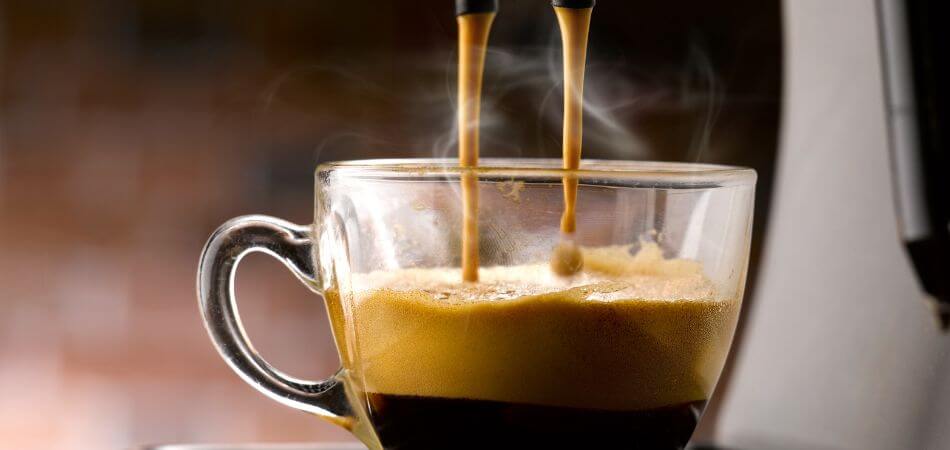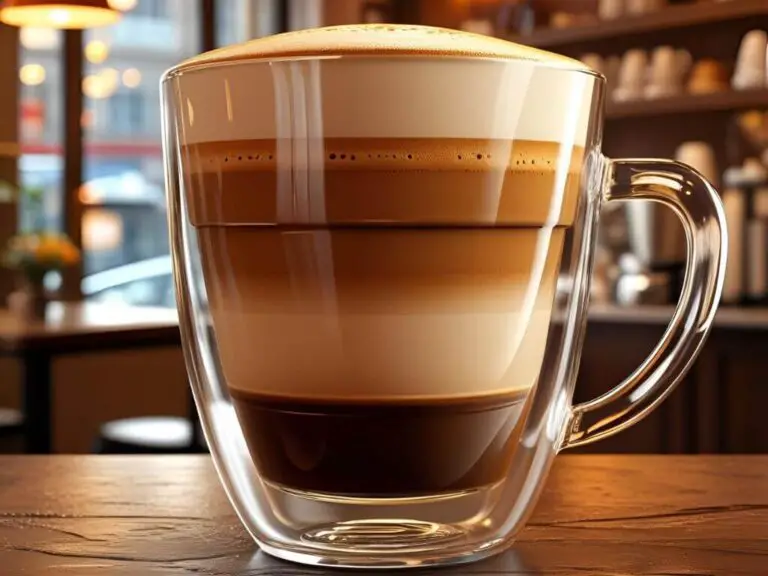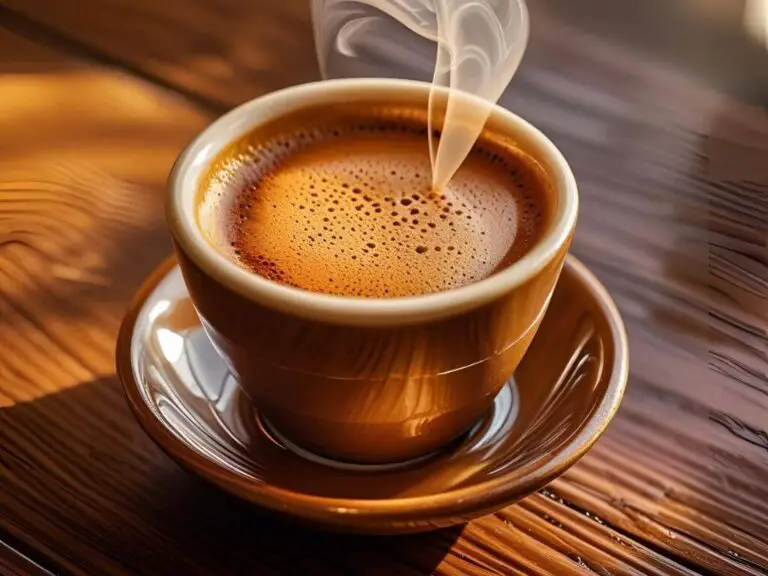How to Make Espresso Like a Pro: A Step-by-Step Guide
There’s nothing quite like the rich, bold flavor of a perfectly brewed espresso. That velvety crema, the intense aroma, the satisfying sip—it’s coffee at its purest and most powerful. But if you’ve ever tried making espresso at home only to end up with something too bitter, too sour, or just plain weak, you’re not alone.
Espresso is an art, and like any art, it requires the right tools, techniques, and a little patience. The good news? You don’t need to be a professional barista to pull a great shot. With this guide, you’ll learn exactly how to make espresso like a pro, troubleshoot common mistakes, and even craft café-worthy drinks right in your kitchen.
Ready to become your own barista? Let’s dive in.

What You’ll Need to Make Espresso
Before you start, you’ll need the right gear. Espresso is a precision-based method, so having quality equipment makes all the difference. Here’s what you’ll need:
Essential Equipment
✅ Espresso Machine – The heart of the process. Choose from:
- Manual Lever Machines (for full control)
- Semi-Automatic (most common for home use)
- Automatic/Super-Automatic (easiest, but less customization)
✅ Burr Grinder – A must for a consistent fine grind (blade grinders won’t cut it).
✅ Fresh Coffee Beans – Look for “espresso roast” or medium/dark roasts.
✅ Tamper – To compress grounds evenly (58mm is standard for most portafilters).
✅ Scale – Precision is key—aim for 18-20g of coffee per double shot.
✅ Filtered Water – Impurities in tap water can affect taste.
Optional (But Helpful) Extras
☕ Milk Frother – If you love lattes or cappuccinos.
⏱️ Timer – To track the 25-30 second extraction window.
🌡️ Thermometer – Ensures water is at the ideal 195–205°F (90–96°C).
Pro Tip: Cheap equipment can lead to inconsistent results. If you’re serious about espresso, invest in a good grinder and machine—it’s worth it!

Step-by-Step Guide to Making Espresso
Now, let’s get into the exact process of pulling the perfect shot. Follow these steps carefully, and you’ll avoid the most common espresso pitfalls.
Step 1: Choose the Right Coffee Beans
Not all coffee is made equal when it comes to espresso. Here’s what to look for:
✔ Freshness – Use beans within 2-4 weeks of roasting (check the roast date!).
✔ Roast Level – Medium to dark roasts work best for that classic bold, rich flavor.
✔ Grind Right Before Brewing – Pre-ground coffee loses flavor quickly.
Pro Tip: Experiment with single-origin vs. blends to find your perfect flavor profile.
Step 2: Grind the Coffee Properly
The grind size is critical—too fine, and your espresso will be bitter; too coarse, and it’ll be sour.
✔ Ideal Grind: Fine, like table salt (but not powdery).
✔ Adjust Based on Extraction Time:
- Under 25 seconds? → Grind finer.
- Over 30 seconds? → Grind coarser.
Pro Tip: If your espresso tastes harsh or burnt, your grind might be too fine.
Step 3: Measure & Dose Accurately
Espresso is all about precision. A kitchen scale is your best friend here.
✔ Standard Dose:
- Single shot: 7-9g coffee → 30ml espresso
- Double shot: 18-20g coffee → 60ml espresso
❌ Mistake to Avoid: Guessing the amount—eyeballing leads to weak or overpowering shots.
Step 4: Tamp Evenly for Consistent Extraction
Tamping ensures water flows evenly through the coffee puck.
✔ How to Tamp:
- Distribute grounds in the portafilter.
- Press down with 30 lbs of pressure (about the weight of a firm handshake).
- Check for a level, smooth surface—no cracks or uneven spots.
Pro Tip: An uneven tamp causes channeling, where water bypasses some grounds, leading to weak espresso.
Step 5: Preheat Your Machine & Portafilter
A cold machine = under-extracted, sour espresso.
✔ Preheating Steps:
- Run a blank shot (just water) to warm the portafilter.
- Let the machine heat up for 10-15 minutes before brewing.
Step 6: Pull the Espresso Shot
Now, the moment of truth!
✔ Ideal Extraction:
- Time: 25-30 seconds
- Yield: 1:2 ratio (e.g., 18g in → 36g out)
- Crema: A golden-brown layer on top means proper extraction.
✔ Troubleshooting:
| Issue | Likely Cause | Fix |
|---|---|---|
| Sour | Under-extracted | Grind finer, brew longer |
| Bitter | Over-extracted | Grind coarser, shorten time |
| Weak | Too coarse, low dose | Adjust grind, increase dose |
Step 7: Taste & Adjust
Your first shot might not be perfect—and that’s okay! Tweak your grind, dose, or time until it’s just right.
Common Espresso Mistakes & How to Fix Them
Even pros make mistakes. Here’s how to avoid (or fix) the most common ones:
❌ Using Stale or Pre-Ground Coffee → Always grind fresh!
❌ Inconsistent Tamping → Use a calibrated tamper.
❌ Incorrect Water Temperature → Preheat properly.
❌ Dirty Machine → Clean weekly to avoid bitter buildup.
Pro Tip: Keep a brewing journal to track adjustments and results.

Serving & Enjoying Your Espresso
Now that you’ve mastered the shot, how should you enjoy it?
✔ Straight Up – Sip as a single or double shot (doppio).
✔ As a Base – Make lattes, cappuccinos, or americanos.
✔ Perfect Pairings – Dark chocolate, biscotti, or sparkling water.
Final Thoughts: Keep Practicing!
Making great espresso takes practice, patience, and precision—but once you nail it, you’ll never go back to mediocre coffee.
🔹 Recap Key Steps:
- Use fresh, quality beans.
- Grind fine, tamp evenly, extract for 25-30 sec.
- Taste & adjust until it’s perfect.
Now it’s your turn! What’s your favorite espresso drink? Let me know in the comments—I’d love to hear about your brewing journey! ☕
FAQs
What is the basic method for making espresso for beginners?
To make espresso, start by grinding fresh coffee beans to a fine consistency. Next, tamp the grounds into the portafilter compactly. Insert the portafilter into your espresso machine and start the brew. The water should pass through the coffee grounds in about 20-30 seconds to produce a rich, concentrated espresso shot.
How do professional baristas prepare espresso?
Professional baristas follow these steps: Begin with freshly roasted coffee beans and grind them finely right before brewing. Tamp the grounds evenly in the portafilter to ensure uniform extraction. Brew the espresso with an espresso machine, targeting an extraction time of 25-30 seconds for optimal flavor.
Can you guide me through the process of using an espresso machine?
Preheat the machine.
Grind your coffee beans and measure the required amount.
Choose the correct filter basket and add the coffee grounds.
Tamp down the grounds firmly.
Secure the portafilter in place.
Start the machine to pull the espresso shot.
Optionally, steam milk if making a milk-based espresso drink, and add it to the espresso.







